How to Get Through a Seasonal Slump
Does it feel like a “case of the Monday’s” has actually turned into a “case of the February’s”? Do you find yourself wondering how the shortest month of the year somehow feels like the longest? If it’s slowly but surely staying lighter longer, why are some of us feeling this slump and how can we work through it?
There are a variety of reasons we may feel this way towards the end of winter. Maybe we’re coming down from the excitement of the holiday season. We’re also almost a year into this pandemic, so maybe we’re feeling some pandemic-fatigue.
Some people may be experiencing the effects of SAD, or Seasonal Affective Disorder. After months of shorter days with less sun, the slow changes in February paired with the persisting cold weather may not be enough for our systems to regulate just yet. No matter why you might be feeling fatigued and a lack of motivation, here are some ways to manage the last few weeks of winter.
Set Small Goals
It’s often said that depression can feel like a warm blanket. Even if we’re wishing we could get out of bed, it might feel really comfortable to stay under the blanket. This can be true figuratively, but also literally when it comes to feeling down in the winter.
One of the ways to overcome this is to set small, achievable goals so we can find some momentum. Instead of getting stuck in the overwhelming goal of cleaning your whole house, start with the smaller goal of cleaning just your bedroom.
If that feels too large, try starting with your nightstand. Starting small allows momentum to build and progress to occur. Instead of ripping that warm blanket off, it’s like sticking your toes out, then maybe your whole foot, and eventually you’ll be out from under the covers.
Healthy Routines
“An object in motion stays in motion, an object at rest stays at rest.” Although you may be feeling more fatigued than usual, maintaining a consistent sleep routine may have positive side effects on your energy and motivation levels. By going to bed and waking up at a consistent time and limiting time spent napping, we set the stage for our body to be energized at the appropriate times of day.
Regular exercise has also been shown to be an effective tool in managing SAD and decreased motivation. If you are feeling too unmotivated to exercise, try setting small goals and doing what you feel able to do. This may look different than your typical baseline, but it’s still a place to start!
*Consult your medical doctor before beginning an exercise routine.
Do Things You Enjoy
A way to cultivate motivation is to engage with things that bring us joy and inspiration! Take time to engage in hobbies that resonate with your authentic self. If you’ve noticed that over the winter months you’ve become disconnected to your interests or support system, you may see a benefit of reconnecting. As mentioned above, this may look different from what you’re used to when you feel less bogged down, but it still is a place to begin.
Maybe this looks like starting your day off with one of your favorite songs or watching an episode of your favorite show after work. It could be catching up with a friend who you find motivating over Zoom.
If your hobbies are warm-weather related, this might look like researching things you’re looking forward to doing when the weather changes. Even a few small additions of things you enjoy can add a lightness back into your days and spark inspiration.
Connect with a Therapist
Having been on both sides of the couch (as a therapist and as a client) for some time, I can recognize this seasonal pattern as something many people go through. Although it can be difficult to get started with counseling, finding the right therapist can make this a smooth transition. I use a non-judgmental approach to support people as they take off that warm blanket of depression, feeling stuck, or overall blah.
In individual sessions, I allow clients to explore what motivation feels like to them, and how they’ve been able to cultivate it in the past. We also may spend time to search for sources of joy and work through the barriers that exist that stop the joy from being accessed. I provide a safe place for clients to process the frustration of the fatigue, give themselves a break from the pressure of the “shoulds”, and to start making progress towards their goals.
If this slump sounds familiar, contact me to set up a consultation. I’m here to help!
Tina Leboffe, MA, LPC, NCC, AAC
*Please note that this blog is for your information only and does not constitute clinical advice or establish a client-counselor relationship.


